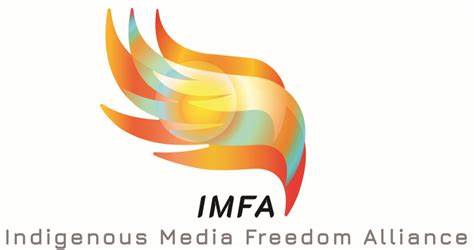New data show counties that make it easier for residents to participate in civic activities and provide ample information sources – such as broadband or public libraries – are often healthier.
These counties are often located in the Northeast and Western regions of the country and tend to also experience more social and economic opportunities and longer life expectancy, according to County Health Rankings & Roadmaps’ National Findings Report released today.
The places where communities connect and share information – the civic infrastructure of a community – make participation possible. Counties with more access to public libraries, broadband and local news sources also have higher voter participation and greater union membership. The research also found that counties with well-resourced civic infrastructure had lower rates of children in poverty, uninsured adults, less income inequality and higher rates of high school completion. Exclusionary policies and practices can create obstacles to participation in decisions that affect health. The research found that in counties with more obstacles, such as laws that make it harder to vote, average life expectancy is more than three years shorter compared to counties with fewer obstacles (74.1 years v 77.6 years, respectively).
“Assuring everyone has a say in shaping these conditions is key,” said Sheri Johnson, CHR&R principal investigator and director of the University of Wisconsin Population Health Institute. “History shows that when historically excluded groups build power, meaningful changes can happen that benefit the health and well-being of all.”
Civic health varies across the country. Among the 2024 report’s key findings:
- Counties in the South have fewer news sources and libraries and less access to broadband. Voter turnout and union membership rates are lower as well.
- Regions with long-standing discrimination and disinvestment, such as counties along the U.S.- Mexico border, within the Black Belt, Appalachia and surrounding American Indian/Alaska Native tribal areas, have less access to libraries, broadband and local news than counties outside of these regions.
- Discrimination and disinvestment has left residents in these regions with fewer opportunities to mobilize around common challenges that affect everyone’s health.
“Improving civic health requires action,” said Bethany Rogerson, CHR&R co-director. “We can invest in ways for people to connect, value their participation, and, ultimately, influence how and whether we thrive. We can and should all have a say in our communities’ futures.”
Data-informed solutions to build civic health for everyone’s health include strategies that:
- Fund broadband initiatives to improve access to and affordability of high-speed internet. This also promotes greater access to jobs and health care;
- Invest in public libraries that provide education and civic and social programs to communities;
- Encourage facilitated conversations among people with different viewpoints; and
- Expand automatic voter registration to increase voter turnout and simplify the voting process.
In addition to these solutions, the program’s What Works for Health database offers more than 400 evidence-informed strategies to help communities improve health. Our latest In Solidarity podcast series also examines what’s needed to engage young people. Experts offer insights on what has worked in civics education: https://www.countyhealthrankings.org/findings-and-insights/podcasts.
Visit countyhealthrankings.org to learn more. Or to speak with an expert, please reach out to: Abby Manishor (amanishor@burness.com), Toni Williams (twilliams@burness.com) or Beth Silver (blsilver@wisc.edu).
By Robert Wood Johnson Foundation


